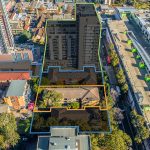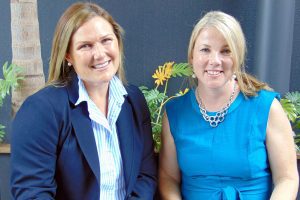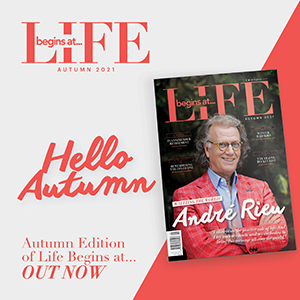 A Study comparing older and young people on spatial attention skills shows this is one part of the brain that processes information the same way in older age as it does in the prime of life.
A Study comparing older and young people on spatial attention skills shows this is one part of the brain that processes information the same way in older age as it does in the prime of life.
The study, by researchers at the University of Adelaide’s School of Psychology and School of Medicine, compared the ability of 60 older and younger people to respond to visual and non-visual stimuli in order to measure their “spatial attention” skills.
Spatial attention is critical for many aspects of life, from driving, to walking, to picking up and using objects.
“Our studies have found that older and younger adults perform in a similar way on a range of visual and non-visual tasks that measure spatial attention,” says Dr Joanna Brooks, who conducted the study as a Visiting Research Fellow.
“Both younger (aged 18-38 years) and older (55-95 years) adults had the same responses for spatial attention tasks involving touch, sight or sound.
“In one task, participants were asked to feel wooden objects whilst blindfolded and decide where the middle of the object was – participants’ judgements were significantly biased towards the left-hand side of the true object centre. This bias is subtle but highly consistent,” Dr Brooks says.
“When we think of ageing, we think not just of the physical aspects but also the cognitive side of it, especially when it comes to issues such as reaction time, which is typically slower among older adults. However, our research suggests that certain types of cognitive systems in the right cerebral hemisphere – like spatial attention – are ‘encapsulated’ and may be protected from ageing,” she says.
Dr Brooks, who is now a Research Fellow in Healthy Ageing based at the Australian National University, recently presented her results at the 12th International Cognitive Neuroscience Conference in Brisbane. Her project is part of an international collaboration with scientists at the University of Edinburgh and Queen Margaret University in Scotland to better understand spatial attention in the human brain.
“Our results challenge current models of cognitive ageing because they show that the right side of the brain remains dominant for spatial processing throughout the entire adult lifespan,” Dr Brooks says. “We now need to better understand how and why some areas of the brain seem to be more affected by ageing than others.”
Dr Brooks’s research could also be helpful in better understanding how diseases such as Alzheimer’s affect the brain.
[related_ad category=”996″ max_size=”3″ title=”Related Offers”] [related_ad category=”6″ max_size=”3″ title=”Related Stories”]



















Add Comment